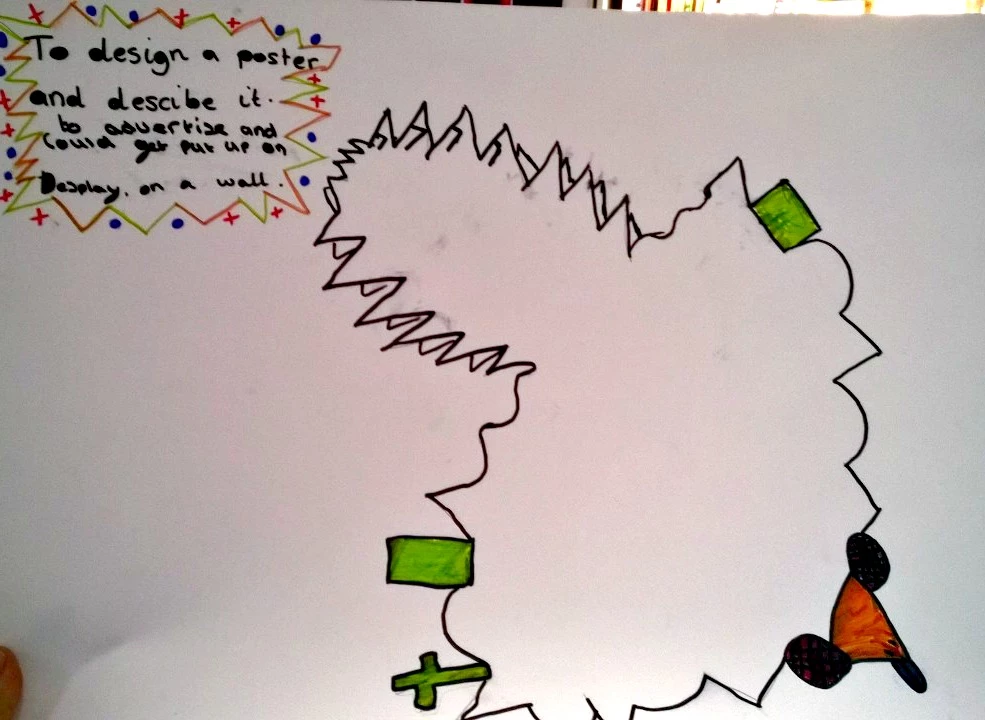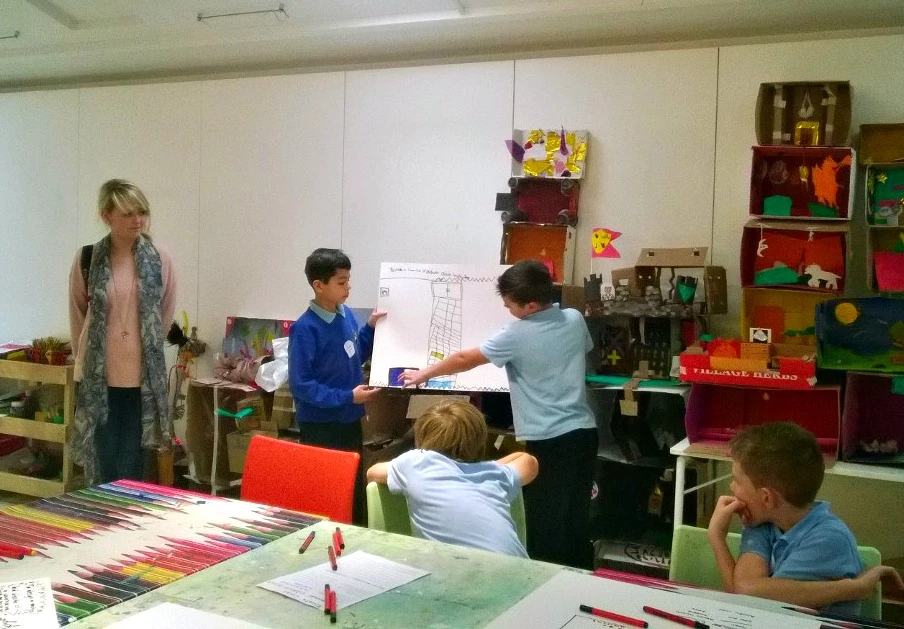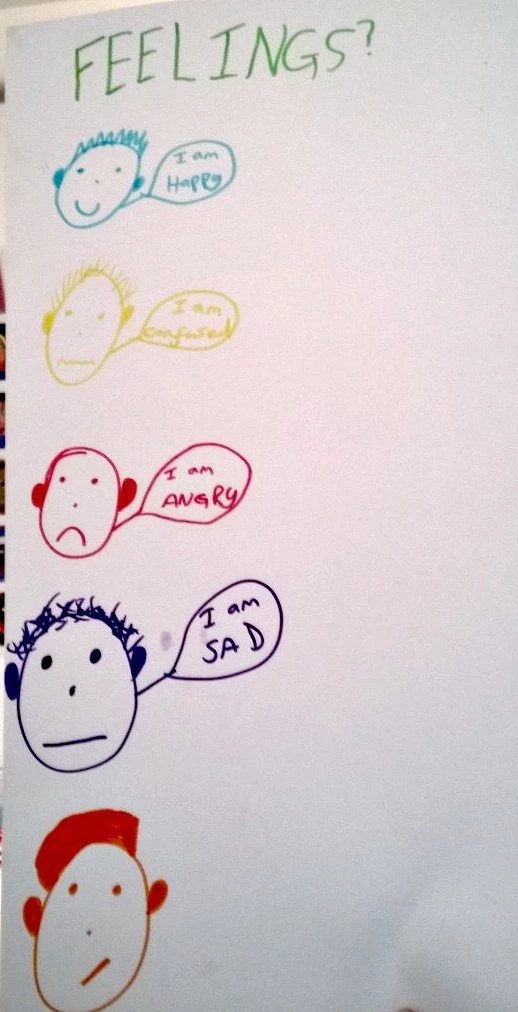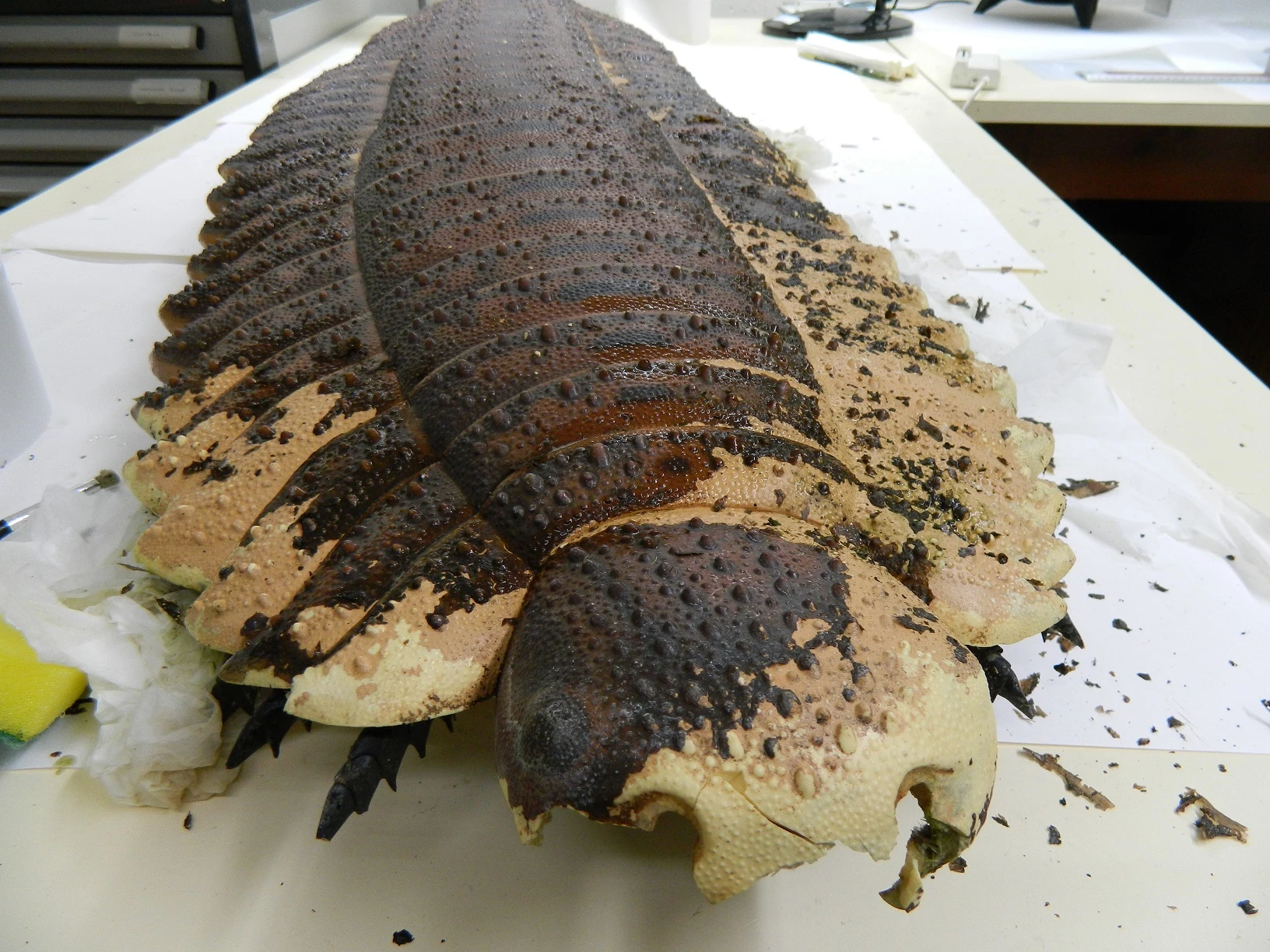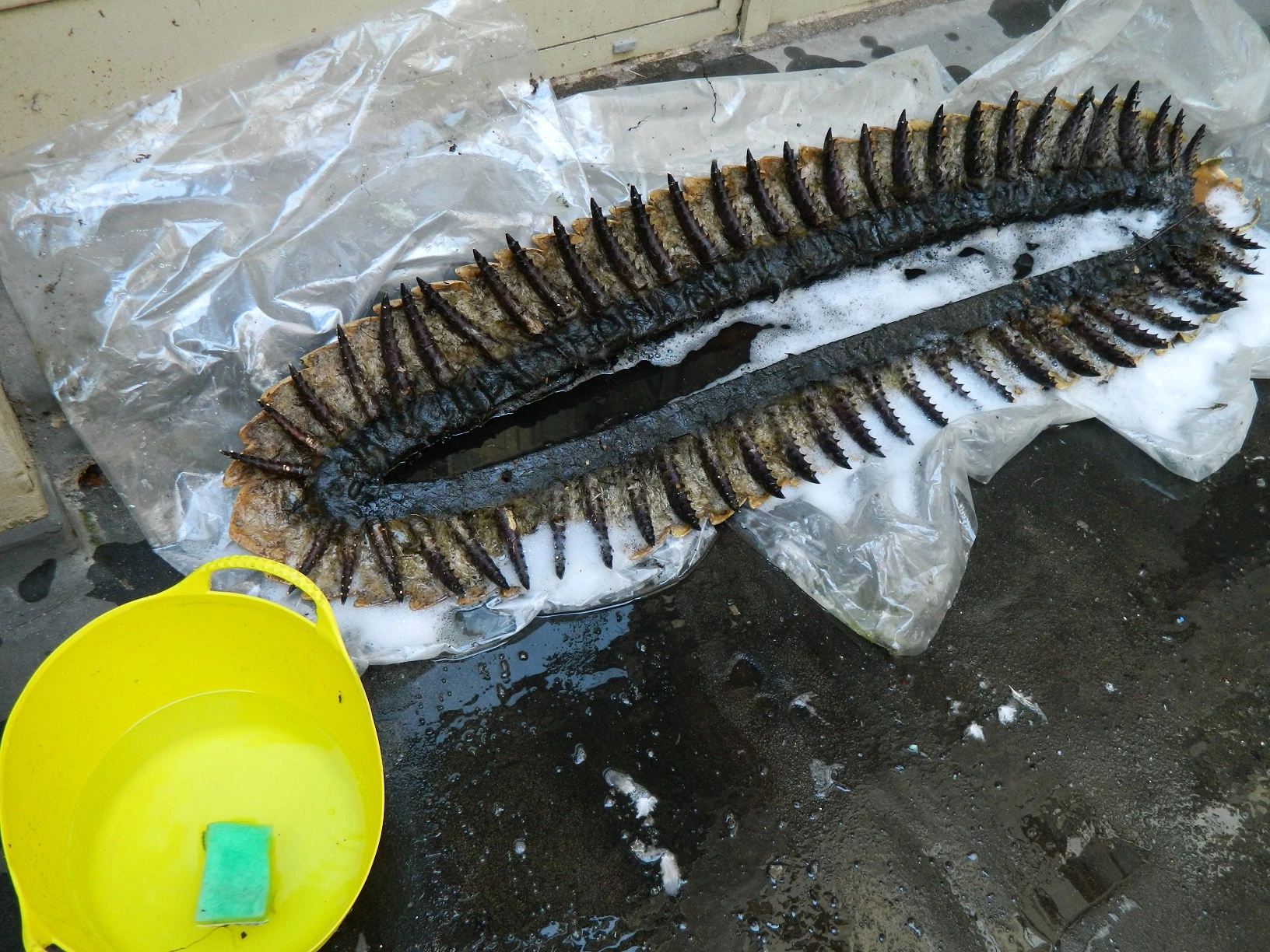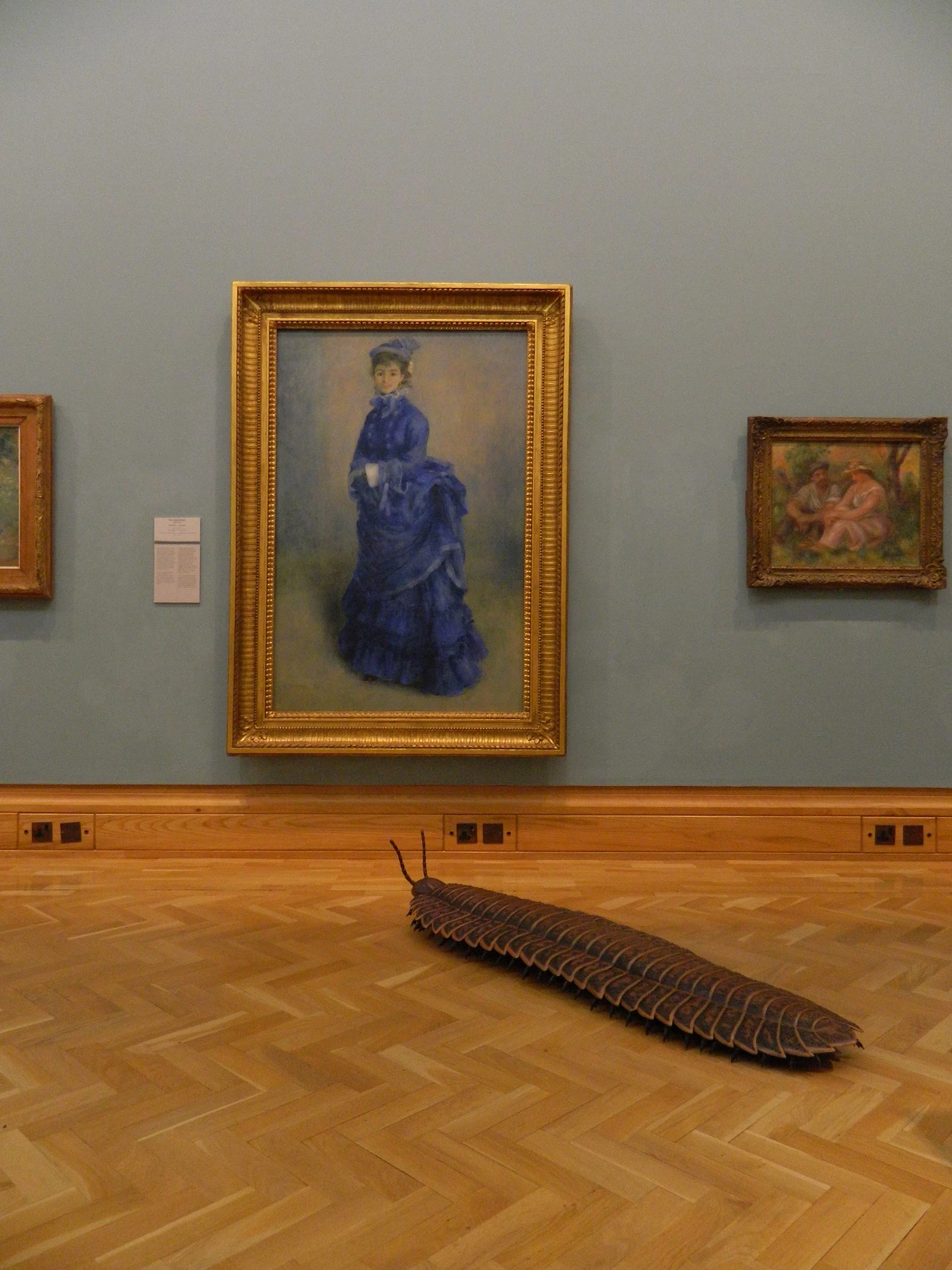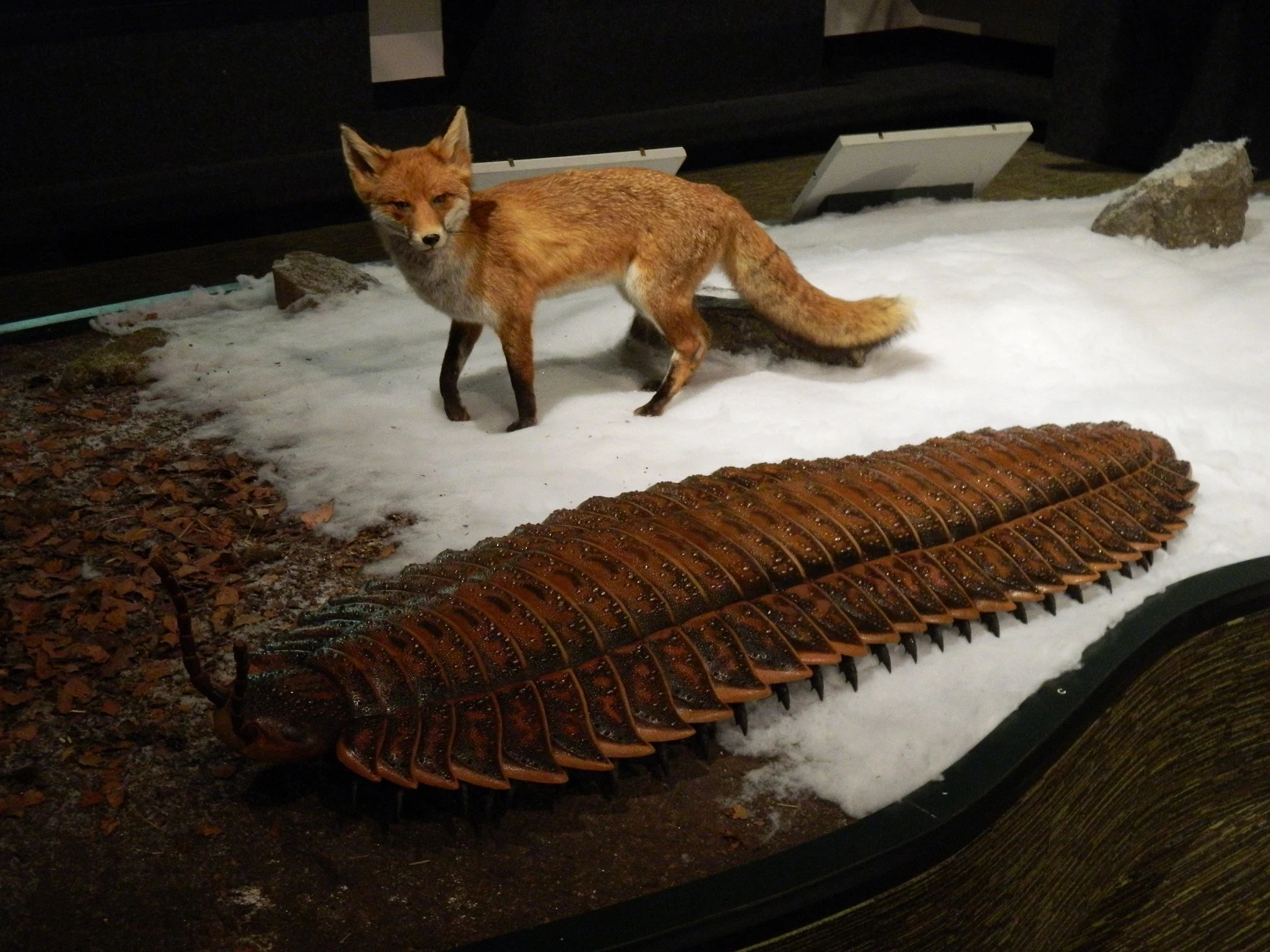Is winter on its way?
, 24 November 2014
Hello bulb buddies!
I hope you are all having fun recording the weather information. You’re doing a great job so far.
The weather is very chilly this morning (Monday 24th of November). Last night the temperature in Cardiff fell to 0°C and we had our first proper frost of the year. The temperature was as low as -3°C in some parts of England and Wales. Brrr!
But this cold weather is nothing compared to what some parts of America have been experiencing in the past week. In some areas in the northeast of the country the temperature fell to -15°C. Some places also had two metres of snow! Now that is wintry weather.
The good news is that forecasters do not think that the cold and snow are going to come across the Atlantic to the UK. So no snowmen for us just yet.
What does cold weather mean for our bulbs? Lots of plants don’t like the cold and will perish if it gets too cold. This is why lots of gardeners worry about frost, because it can hurt their plants.
But because we planted our bulbs in the ground, they will be just fine. The earth that we covered them with acts like a warm blanket to keep our baby bulbs nice and cosy. Why don’t you make an origami booklet about the life of a bulb, which you can find here?
You should all now be recording the temperature and rainfall each day and don’t forget to record your results at the end of each week on our website.
Keep up the good work!
Professor Plant
Your questions, my answers:
Ysgol Y Plas - Every day we tip out the water out but on fridays we tip it out then leave over the weekend and then take the rain fall on monday. So on monday the water measurement is from the weekend as well as that day, from c. Prof P – That’s perfect, keep up the good work!
Keir Hardie Memorial Primary School - On Wednesday we forgot to empty the rainfall catcher so we think this is why the rainfall is so high. Prof P – Don’t worry, even the best scientists make mistakes. If you wanted to be really clever you could use maths to work out Thursday’s rainfall. Take away Wednesday’s rain from Thursday’s to see how much rain fell on Thursday.
Saint Anthony's Primary School - We are enjoying the project so far. It's has been fun planting all the bulbs and we can't wait until they grow. We decorated name tags and put them on plant pots to plant our bulbs in. R and L. I have noticed that even when there has been a big rainfall, there is still very little water in the rain gauge. Prof P – Well done everyone at Saint Anthony’s. Your name tags sound great! Perhaps you could ask your teacher to take a photo and send it to me? If your rain gauge isn’t catching water, make sure that there is nothing near it which could stop the rain from falling into it.
Burscough Bridge Methodist School - Again apologises the data is late due to the damages to the equipment, however it is all back up and working. Prof P – Hello to everyone at Burscough Bridge! Don’t worry about being late, just do the best you can. I’m sorry that your equipment got damaged. If there is anything I can do to help then just let me know.
Tongwynlais Primary School - We are really enjoying measuring the weather! We haven't had to water our plants yet as we've had so much rain! Prof P – Hello Tongwynlais, I’m glad you’re enjoying the project. Not having to water your plants is one of the many reasons it is so good to live in Wales!
Ysgol Talybont - We've looked on your map to check our previous observations but it is just saying no data received. Could you please check and contact us if we are doing something wrong on inputting the information Prof P - Hi Talybont. I think I have solved the problem, it was nothing that you were doing wrong! Try the map again and let me know if you have any further issues.
Ysgol Nant Y Coed - We had lots of fun, there wasn’t that much rainfall. Thank you for choosing our school to do it. Prof P – I’m sure there will be plenty of rainfall for you to record in the next few months! Thank you for taking part Nant Y Coed!


